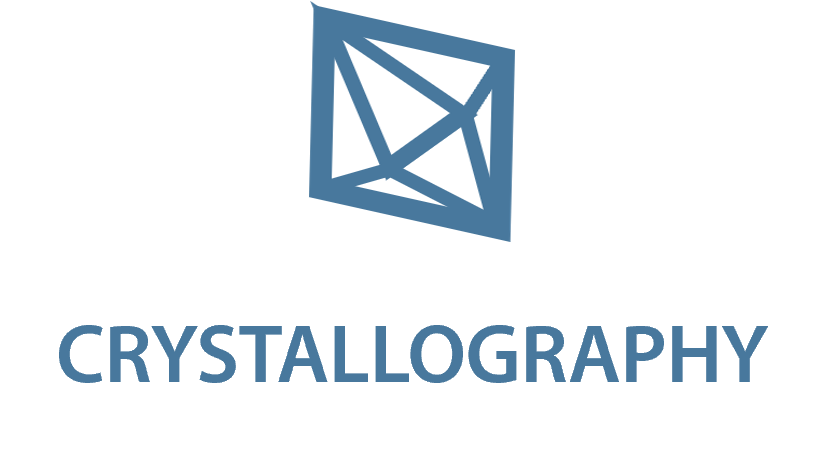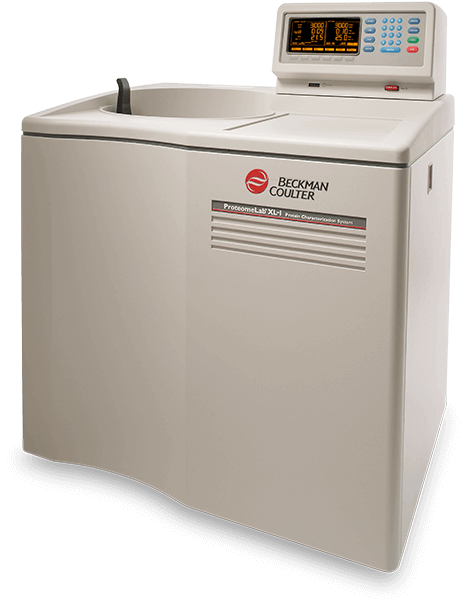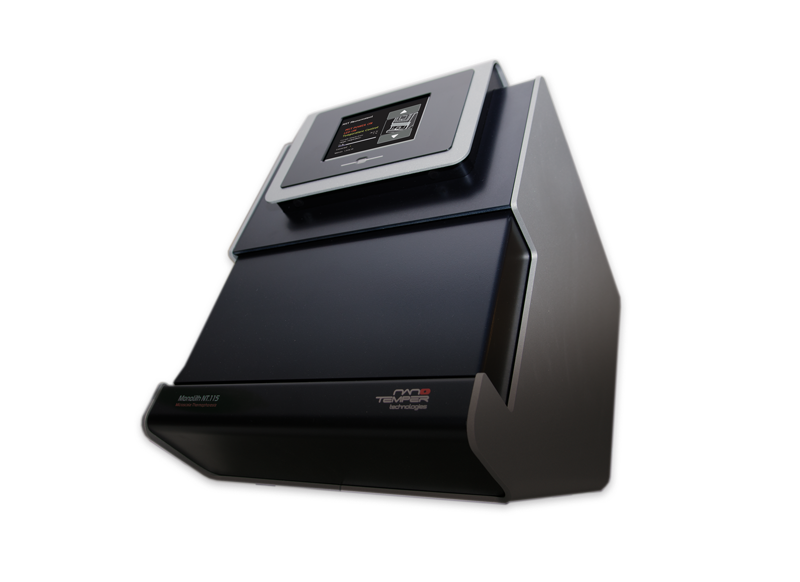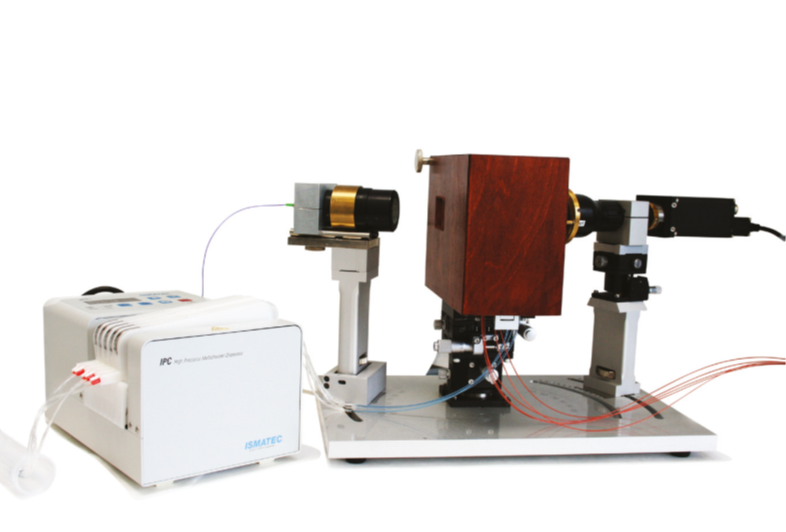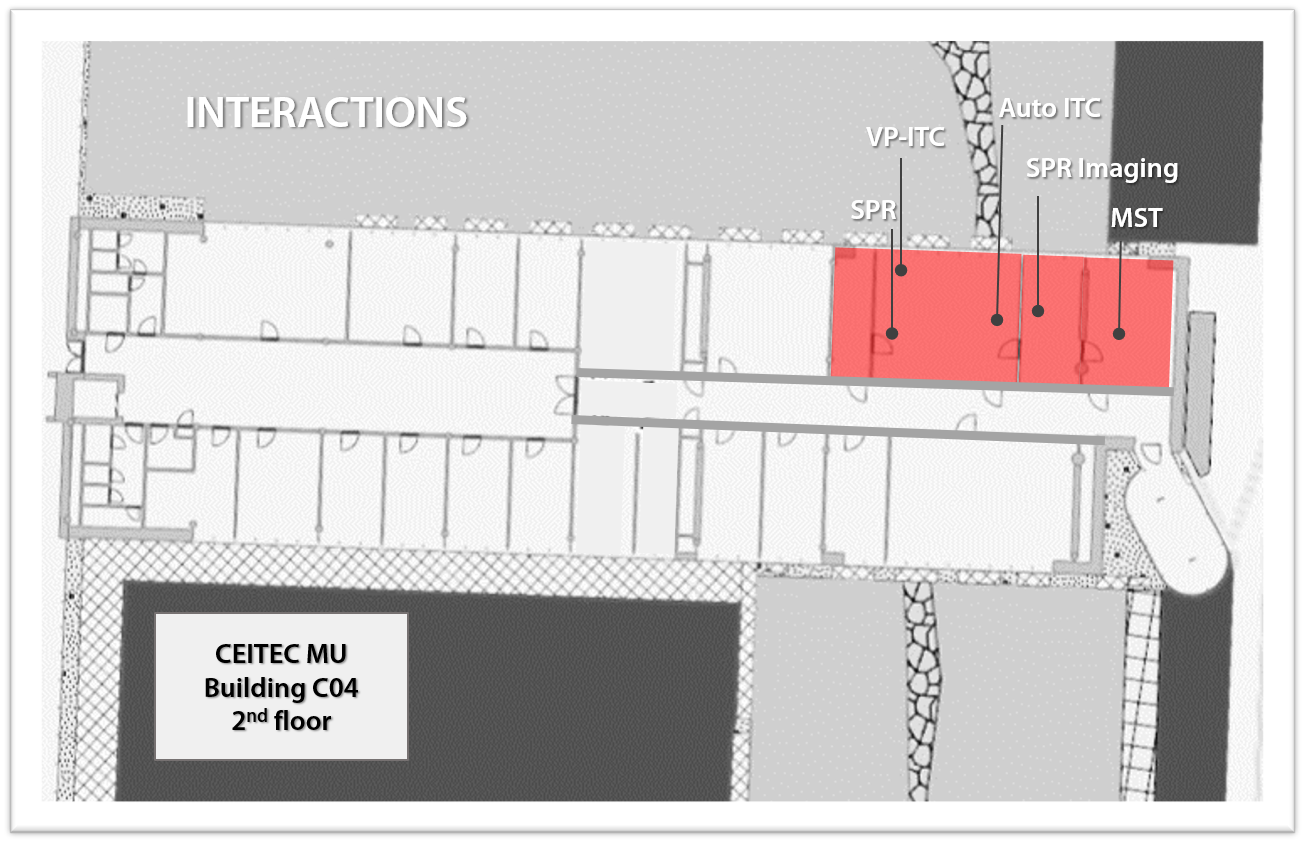
Interakce
The interaction of biomolecules determines all processes in living organisms. Over the years, a broad range of techniques has been developed in order to analyze interactions of proteins, nucleic acids and small molecules. Utilizing different principles, the methods allow to estimate thermodynamic (ITC)and kinetic (SPR) parameters. While some techniques observe the interaction of intact particles in a solution (ITC), others may require specific labeling (MST) or immobilization onto a surface (SPR, BLI). AUC not only helps characterize the samples but can be used also for biomolecular interaction or self- and hetero-association systems studies. The suitability for a particular type of the molecule also varies, with some methods being more successful in small molecule binding experiments than others.
Interactions can be studied not only by typical technique but also techniques that are used for characterization - stability techniques proved to be very helpful in interaction studies. This is based on persumption of more stable complex being created upon binding thus the (thermal) stability increases. This allows to use data from nanoDSF and DSC not only for characterization but also for confirmation of interactions.
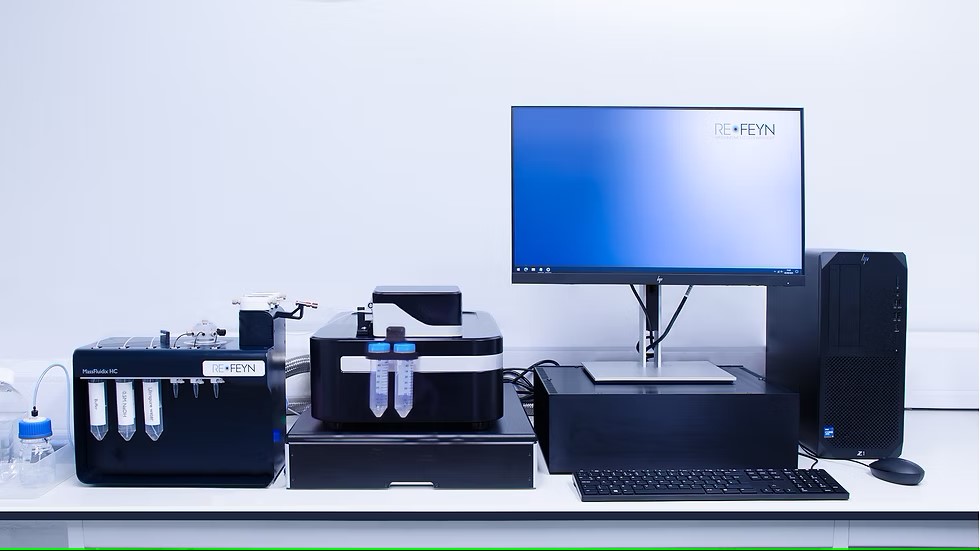
Mass Photometry : TwoMP with MassFluidix
Mass photometry is a cutting-edge analytical technique that allows researchers to measure the mass of individual molecules in solution without requiring labels or extensive sample preparation. Our TwoMP instrument is available also with the lastest inovation - the MassFluidix High Concentration microfluidic system - which enables measurement of low-affinity biomolecular interactions through rapid dilution.
Analytická ultracentrifugace: ProteomeLab XL-I
Analytická ultracentrifuga Beckman Coulter ProteomeLab XL-I je vybavena absorbanční (rozsah vlnových délek 190 – 800 nm) a interferenční optikou a umožňuje provádět experimenty pomocí technik sedimentační rychlosti a sedimentační rovnováhy.
Pomocí analytické ultracentrifugace lze studovat např. proteiny, nukleové kyseliny, lipidy, polysacharidy, viry nebo nanočástice. Analytická ultracentrifugace má široké uplatnění a může být využita např. pro určení homogenity vzorku, studium agregátů, stanovení oligomerního stavu proteinu (respektive molekulové hmotnosti částice) nebo pro studium interakcí biomolekul (stanovení stechiometrie interakce a afinity).
Plně automatizovaný isotemální titrační kalorimetr Fully automated isothermal calorimeter AutoITC200 with ultrasmall working cell (200 ul). ITC method is used for characterization of biomolecular interactions of small molecules, proteins, antibodies, nucleic acids, lipids and others. Enzyme kinetics, biological activity or the effect of molecular structure changes on binding mechanism can be also assessed. Complete thermodynamic profile of the molecular interaction in a single experiment (stoichiometry, Ka, ∆H and ∆S values).
VP-ITC je isotermální titrační kalorimetr s pracovním objemem cely 1400 ul. Isotermální titrační kalorimetrie se používá pro charakterizaci biomolekulárních interakcí malých molekul, proteinů, protilátek, nukleových kyselin, lipidů a ostatních. Během jednoho experimentu je možné získat kompletní termodynamický profil (stechiometrie, Ka, ∆H and ∆S).
Microscale thermophoresis: Monolith NT.115
Přístroj Monolith měří rovnovážnou vazebnou konstantu pro různé molekuly - tím systems measure equilibrium binding constants for a variety of molecules – thus allows to measure wide range of interactions from ion fragment binding up to interactions of large complexes (liposomes and ribosomes).

Microscale thermophoresis: Monolith NT.115 Pico
Přístroj Monolith měří rovnovážnou vazebnou konstantu pro různé molekuly - tím umožňuje měření širokého rozmezí interakcí od vazby iontů až po interakce velkých komplexů (lipozomy, ribozomy). Monolith NT.115 Pico umožňuje analýzu vysokoafinitních interakcí a to až do pikomolární oblasti.
Biolayer interferometry : Octet RED96e
Biosensor Octet používá technologii BLI (biolayer interferometry) pro analýzu intertakce molekul (kinetiku, afinitu) na povrchu biosenzoru. Octet RED96e umožňuje paralelní měření až na 8 kanálech současně. Tento systém je vhdodný zejména pro interakce protein-protein a protein-nukleová kyselina, nicméně jej lze použít i pro další interagující systémy.

Rezonance povrchového plasmonu: BiaCore S200
Vysocecitlivý a teplotně stabilizovaný SPR biosensorový systém pro monitorování biomolekulárních interakcí v reálném čase bez nutnosti značení biomolekul. Pomocí SPR sytému S200 lze získat informace o kinetice, affinitě, concentraci, specifitě, selektivitě a termodynamice biomolekulárních interakcích a může být použita v různých oblastech od základního výzkumu po výzkum bioterapeutik a léčiv. V principu, jeden z vazebných partnerů je imobilizován na povrchu biosenzoru s druhý je přítomen volně v nánášecím pufru.
Fluorescence Activated Cell Sorting (FACS): CytoFlex SRT
The CytoFLEX SRT is a compact cell sorter designed to handle a wide range of samples commonly processed in a core facility. From bacteria to tumor cells and everything in between, the SRT provides the versatility needed to support the diverse research community.
Rezonance povrchového plasmonu: Imaging system
Multi-kanálový (36) SPR biosensorový systém pro studium afinitních vlastností biomolekul, průtočné uspořádání, paralelní zpracování vzorků.






